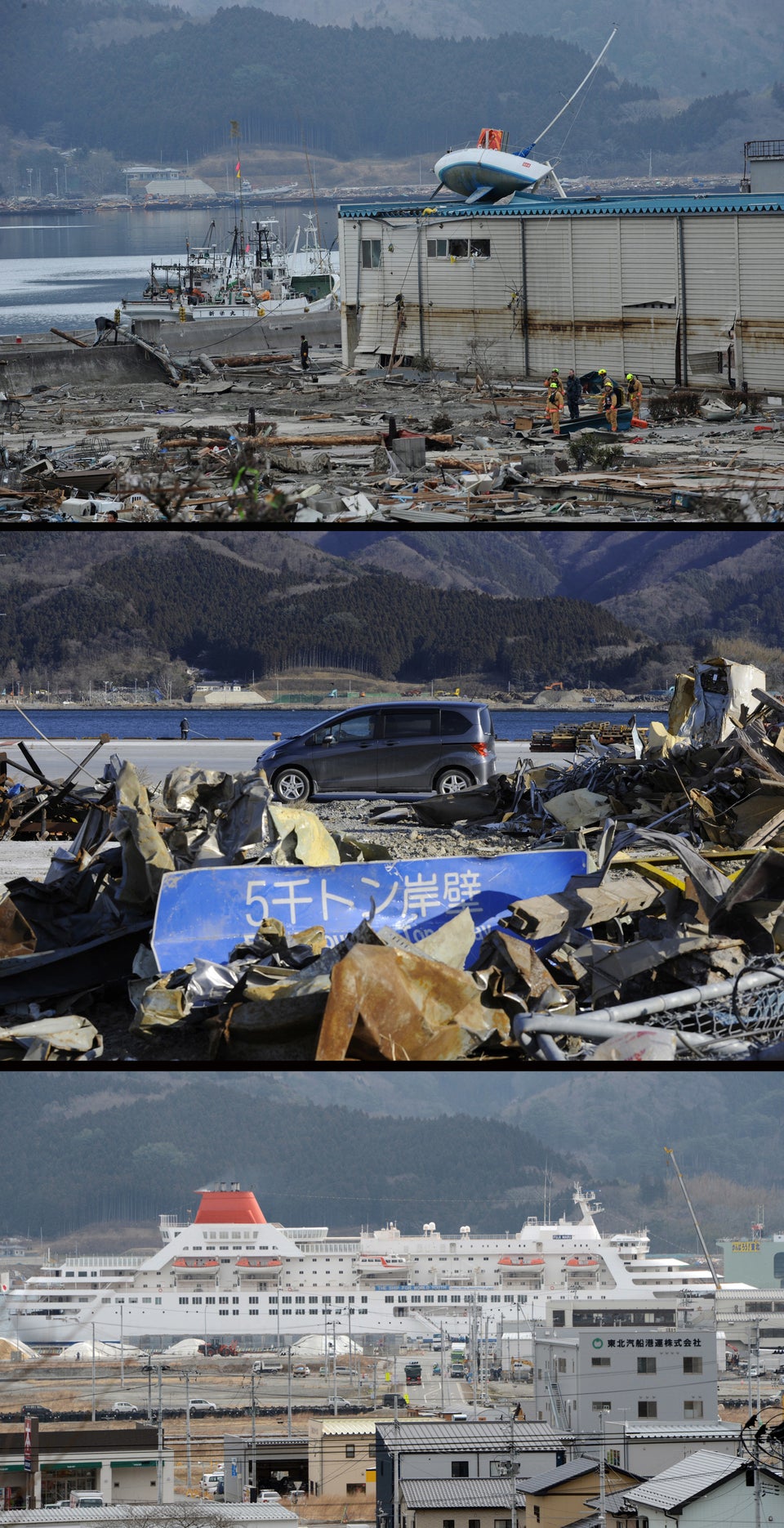
SAN FRANCISCO -- A recent report issued by the United States Geological Survey has found that over a quarter million Californians live in areas highly vulnerable to tsunamis.
The report, released in conjunction with national Tsunami Awareness Week and created in partnership with the California Emergency Management Agency, used historical records and geographic modeling to determine the "maximum tsunami inundation zones" along the Golden State coast. These zones include 94 cities and towns, as well as 83 unincorporated communities, comprised of 267,347 residents and over 15,000 businesses.
"Having a better sense of the number and type of people that are in tsunami-prone areas of each coastal community allows emergency managers to develop tsunami outreach and preparedness strategies that are tailored to address local conditions and needs," the study's lead author, USGS geographer Nathan Wood, said in a statement. "Tsunami outreach and preparedness opportunities will vary if the at-risk population is a tight-knit community of retired residents, seasonal workers in a bustling port and harbor complex, or tourists on the beach."
The majority of workforces in some waterfront cities, such as Belvedere-Tiburon and Emeryville, are employed in areas within the inundation zones. The cities of Alameda, Oakland, Los Angeles, Huntington Beach and San Diego are have the highest number of people and businesses within the inundation zone.
Earthquakes occurring across the Pacific Ocean have the potential to trigger tsunamis along the California coast.
The most destructive tsunami in American history occurred in Crescent City, just south of the Oregon border, in 1964, following a massive 9.2 magnitude earthquake in Anchorage, Alaska. The wave killed eleven people, destroyed nearly 300 buildings, submerged approximately 60 square blocks and established the small fishing town as the tsunami capital of the United States.
The report notes that the Cascadia Subduction Zone, the line between two faults running just off the west coast from Cape Mendocino north to Vancouver Island, has ruptured to create tsunamis seven times in recorded history--with the interval between incidents stretching from 140 to 1,000 years.
Tsunamis coming from these types of quakes are precisely why Kevin Miller of the California Emergency Management Agency's Earthquake and Tsunami Program argues that everyone who lives or works in a vulnerable area should make preparations ahead of time.
"The most important thing in people preparing themselves for a tsunami is figuring out where the nearest high ground is," Miller told The Huffington Post. "You should have a disaster preparedness kit ready and conduct a practice evacuation drill so you're comfortable doing it if the time comes."
Miller noted that some warning signs that a tsunami could be headed your way include water levels that appear unnaturally low, water rapidly rushing in from the ocean or feeling an earthquake that lasted longer than 20 seconds.
To determine if you live in an area at a high risk for tsunami damage, enter your address into California's MyHazards website.

